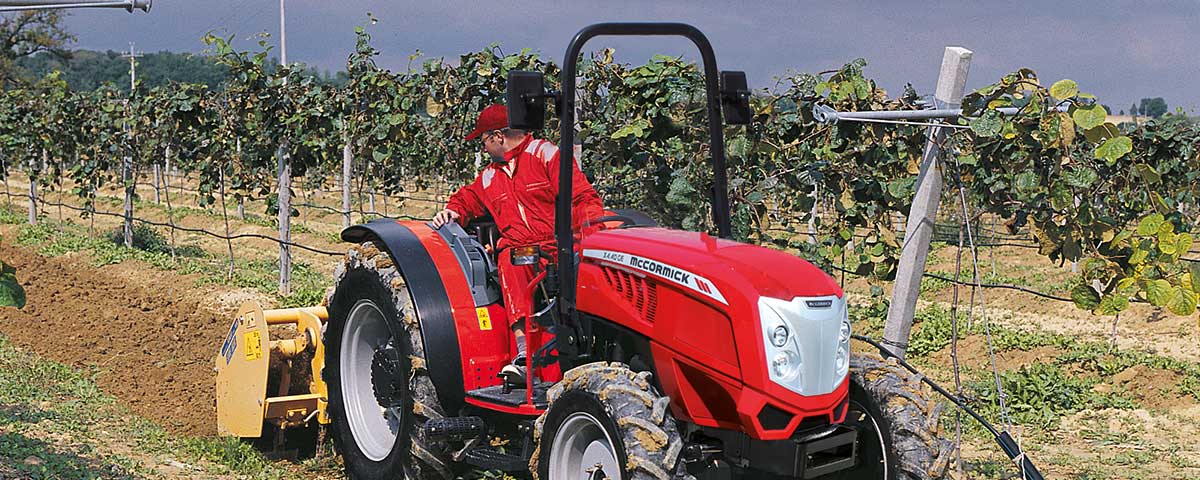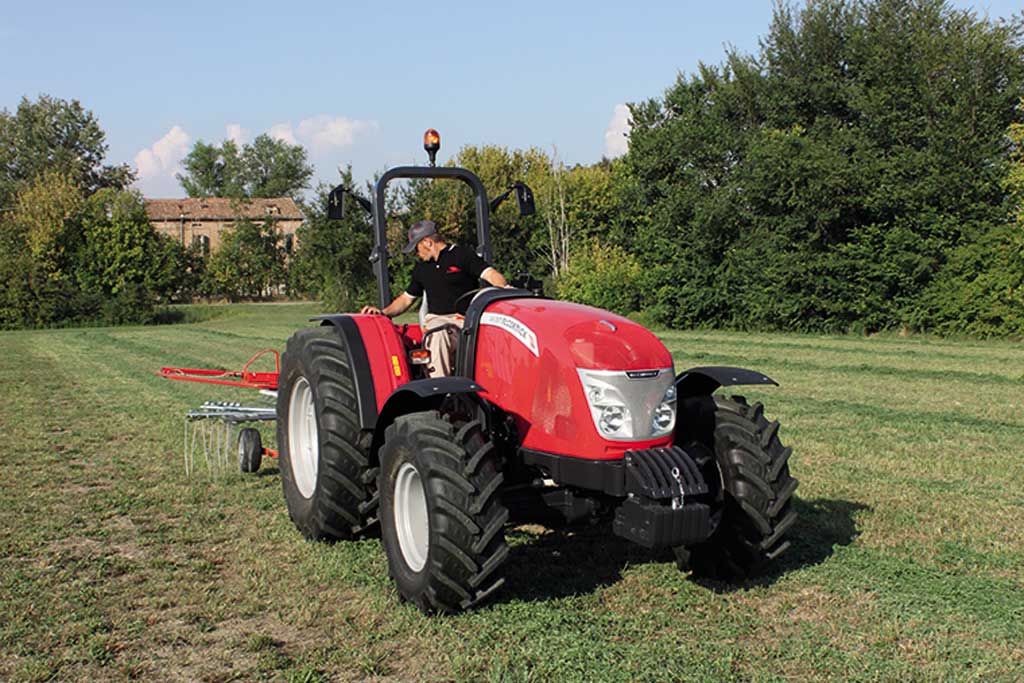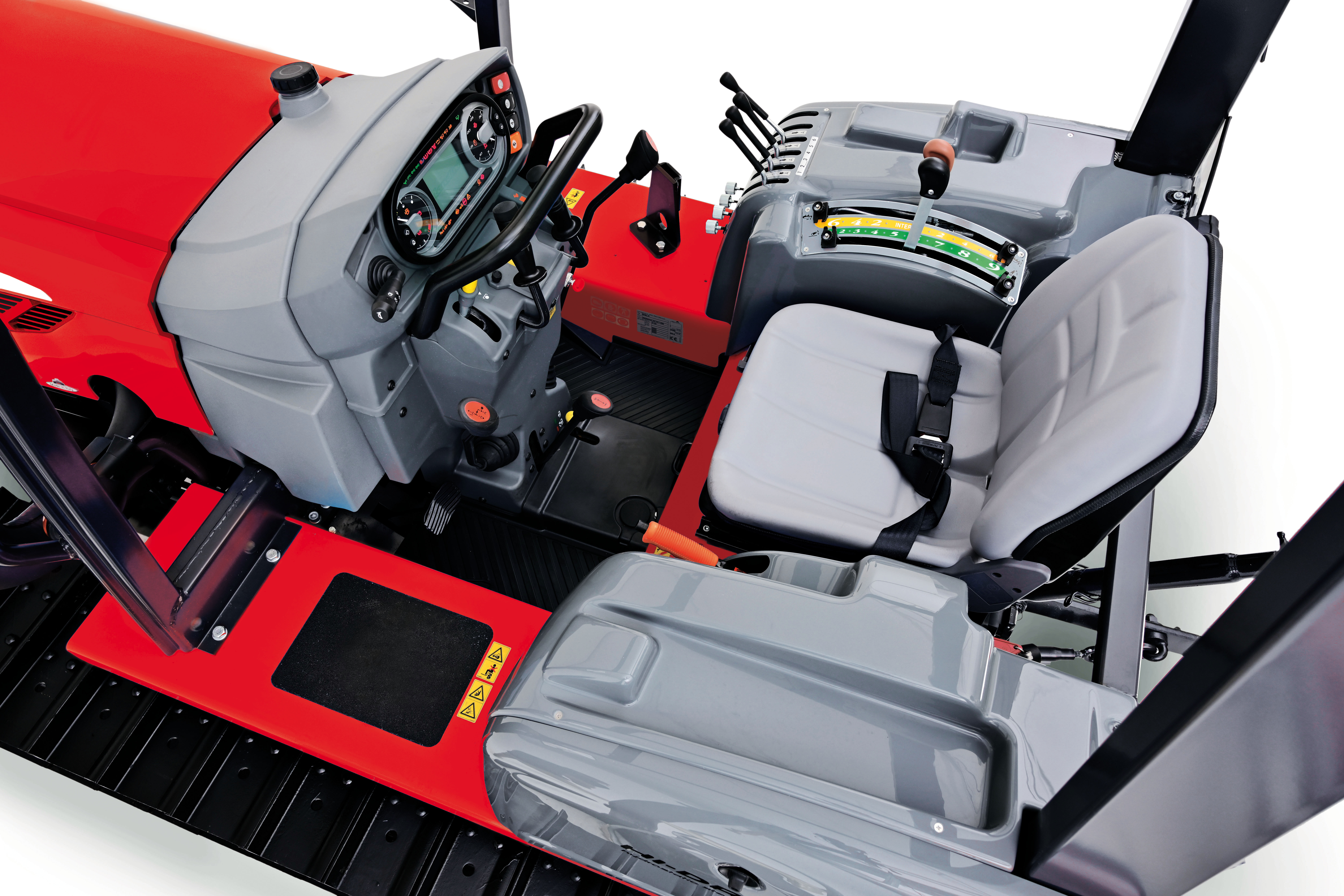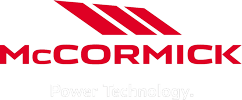Agricultural tractor safety: the answers to the most frequently asked questions

Here we will examine the main applicable regulations regarding the safety of agricultural tractors, and will answer the main questions about them, in order to clarify their meaning.
Contents
- The latest applicable European legislation
- Guidelines for limiting the risks posed by hazardous situations
- Answers to the most frequently asked questions
- Some final considerations on the safety of agricultural vehicles
According to the Annual Report on fatal agricultural accidents issued by the Inail Observatory in 2015, 56% of agricultural accidents in Italy involve tractors. 77% of fatal or serious accidents associated with tractor driving in Italy involve the vehicle rolling over, and one of the most prominent causes is the obsolescence of the machinery itself, which is not compliant with the Essential safety requirements for agricultural tractors.
This is why it is so important to ensure compliance with the safety regulations for agricultural machinery, and in this article we will explain what this compliance consists of, and how you can ensure it, by answering the main questions relating to the technical specifications.
The latest applicable European legislation
The most recent European legislation on the rollover and crushing risks posed by machinery is European Directive 42/EC of 2006, known as the Machinery Directive, which makes explicit reference to the protection of operators in cases of rollover (ROPS) and falling objects (FOPS), in addition to restraint systems to keep persons in their seats.
The purpose of this directive is to prevent or limit the risks associated with hazardous situations in which poor control of the machine could arise, which can cause the tractor to roll over, consequently causing the operator to fall, be crushed and/or collide with external obstacles or the structure of the tractor itself.
In particular, such hazardous situations can be associated with:
– the characteristics of the tractor
– the characteristics of the terrain
– the methods of operating the vehicle
– the characteristics of the attached implements
– the type of work being carried out
Guidelines for limiting the risks posed by hazardous situations
Rollover hazard
Being one of the main causes of serious or fatal accidents, the main prevention systems are specifically focused on the hazard associated with rollovers: in this case, we are talking about passive prevention systems based on the principle of keeping the operator within the confines of a safe space, in order to prevent them from being crushed between the parts of the tractor itself, or between the tractor and the ground.
For this purpose, the tractor must be equipped with:
- a protective frame: a rigid structure designed to guarantee a safe space for the operator in the event of a tractor rollover
- a safety belt, to keep the operator in the driver’s seat, thus preventing them from being thrown out of the tractor in the event of a rollover
All tractors must have a support frame with 2 rear rollbars, fixed or folding, with 2 front rollbars, fixed or folding, or with 4 rollbars, based on a series of parameters, including:
- the type and mass of the tractor
- the shape and size of the tractor connection devices.
Hazards posed by other tractor components
In addition to safety requirements and verifications aimed at preventing rollover injuries, there are also others to be considered. These additional requirements concern other tractor components, such as:
- the prevention of the risk of becoming entangled in moving parts due to unintentional contact: transmission elements, rotating and moving parts like the cooling fan, transmission belts and fan, generator, the power take-off and the cardan shaft, which must be shielded against accidental contact by grilles or guards compliant with the EC directives
- the prevention from the risk of coming into contact with hot parts, the surface of which can exceed temperatures of 80°C, with the consequent risk of burns
- other aspects requiring verification include hazardous access ladders, and hydraulic, braking, electrical and lighting systems.

Answers to the most frequently asked questions
In order to provide a better understanding of the current safety regulations for agricultural vehicles, we have answered the main questions in order to clarify some of the most important points.
1. Case study for tractors already equipped with a safety frame
What do I need to do if a safety frame has already been installed on my tractor?
If a safety frame compliant with the specific EU directives or OECD reference codes has already been installed on the tractor, the frame’s manufacturer must issue a declaration certifying that it has passed the durability tests required by the EU directives. This document must be retained by the user, together with a declaration of the frame’s proper installation issued by its installer. In this case it is not necessary to update the vehicle’s registration certificate.
2. Responsibility, sale or rental, and tractor registration certificate
Is it always mandatory to ensure the tractor’s regulatory compliance for the risk of rollovers, and who is responsible?
Compliance is always mandatory when the tractor is used on a regular basis, and the vehicle’s user is responsible for ensuring its compliance
Can I sell or rent a tractor if it does not meet these requirements, or if its buyer promises to bring it up to standard?
It is strictly forbidden to sell or even rent a tractor if it is not equipped with the mandatory rollover protection devices. The sale of non-compliant agricultural tractors in any form and between any parties is therefore prohibited, unless the equipment is being sold as non-functional, as scrap, or as a historical display item, with the possibility of its use as a work vehicle being expressly excluded.
Do new or recently purchased tractors need to comply with these regulations?
Anyone who purchases or has purchased a new tractor within the past 10 years will not have to worry about compliance, as their machines will have already been manufactured with all the safety devices necessary to ensure compliance with the rollover protection standard, including safety frames for the driver’s seat and driver’s safety belts.
Do I need to update my tractor’s registration certificate?
There is no need to update your tractor’s registration certificate if you have the relative declarations of conformity issued by the manufacturer and the installer.
If the tractor changes owners, does the owner indicated on the declarations of conformity and proper installation need to be changed to the new name indicated on the vehicle’s registration document?
The declarations must make reference to the owner of the tractor. A change of ownership with the name of the new owner being recorded on the vehicle’s registration document does not entail the need to amend the other declarations.
3. Certificates of conformity and proper installation, and who can sign them
What should I do with the certificates of conformity for the safety frame and the seat belt?
Once a safety frame compliant with the relative EC directives is installed, the manufacturer must issue a document certifying that the frame has passed the required durability tests, which must be retained together with the declaration of proper installation
Who can sign the declaration attesting to the safety frame’s proper installation?
ROPS protection devices can only be installed by authorised workshops: there is a register of companies that are authorised to carry out vehicle repair activities, and this activity can only be performed by those who are enrolled in this register.
In some States farms equipped with workshop equipment are granted an exception authorising them to equip their tractors with the safety devices in question, provided that they strictly adhere to the national guidelines.
Do the self-certifications attesting to the safety frames’ conformity need to be signed by a qualified technician?
The declarations of conformity do not necessarily have to be completed and signed by a qualified professional, and can be signed by the company’s manager or another person in charge.

4. Safety requirements for tractors not used as work vehicles
Do I have to ensure compliance with the same safety regulations if the tractor is only used to provide motive power to other fixed pieces of equipment?
This is not necessary if it is made permanently impossible for the tractor to autonomously move from its place of use. However, all the measures necessary to avoid the other risks associated with its use, such as the protection of its moving parts, must still be taken.
If I own an old tractor that does not meet the safety requirements, but I no longer use it and have no intention of selling it, do I still have to bring it up to standard?
If the tractor is not used as work equipment and is not intended to be sold, there is no obligation to bring it up to standard. However, in order to avoid problems during inspections, it is recommended to ensure that the vehicle’s non-use can be demonstrated: one option might be to disable a mechanism required for its operation.
Some final considerations on the safety of agricultural vehicles
During the first seven months of 2019, the number of workplace deaths in Italy caused by agricultural machinery increased by 39.3% with respect to the same period in 2018. These figures should be considered in light of another important figure that helps us better understand the issue of safety: in 2020, the rate of workplace injuries and deaths recorded among Italian professional agricultural mechanics decreased by 50%. In fact, this figure has been in constant decline in recent years, and is considerably lower than the injuries and deaths recorded among farmers.
These data clearly show the fundamental importance of working to ensure the periodic renewal of the machinery fleet and encouraging the constant renewal of the vehicles utilised, as technological innovation has revealed itself to be the best way to make agricultural work safer and more efficient.
Sources
Machinery Directive 2006/42/EC of the European Parliament and the Council of 17 May 2006
